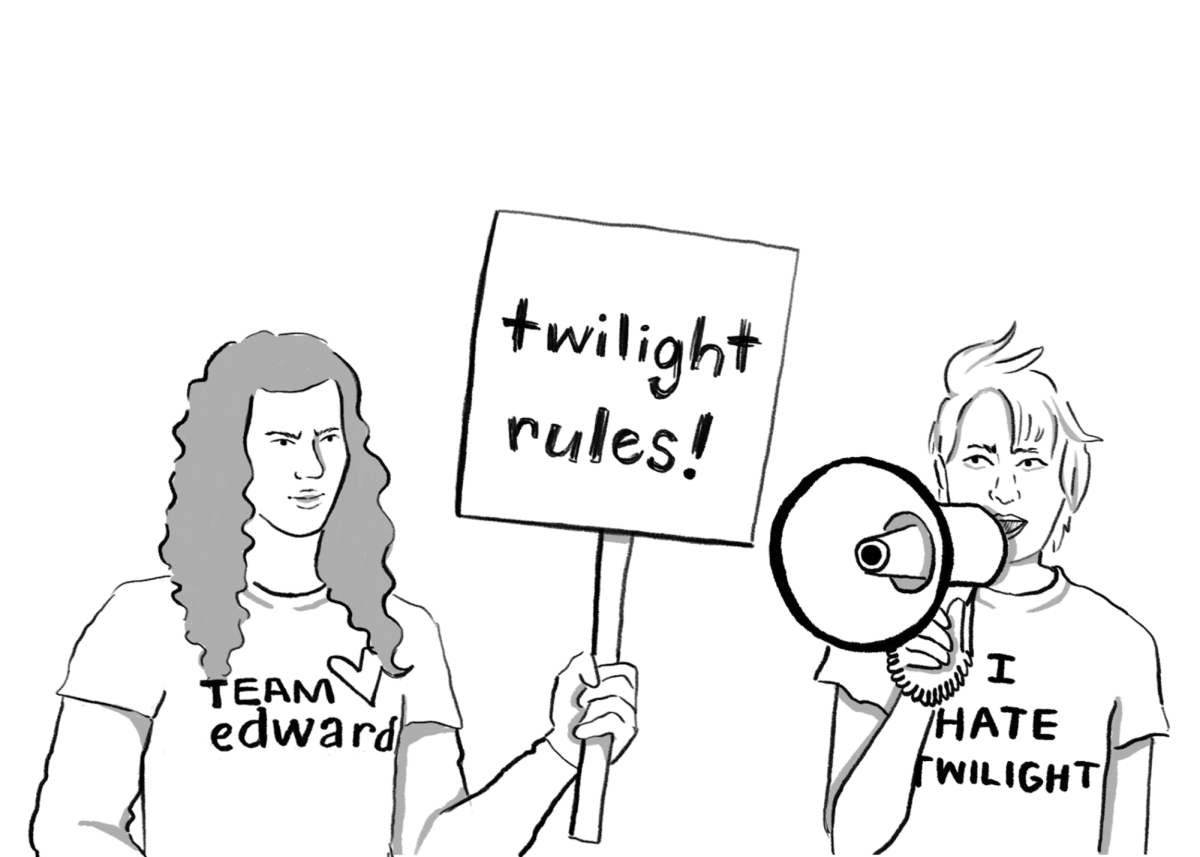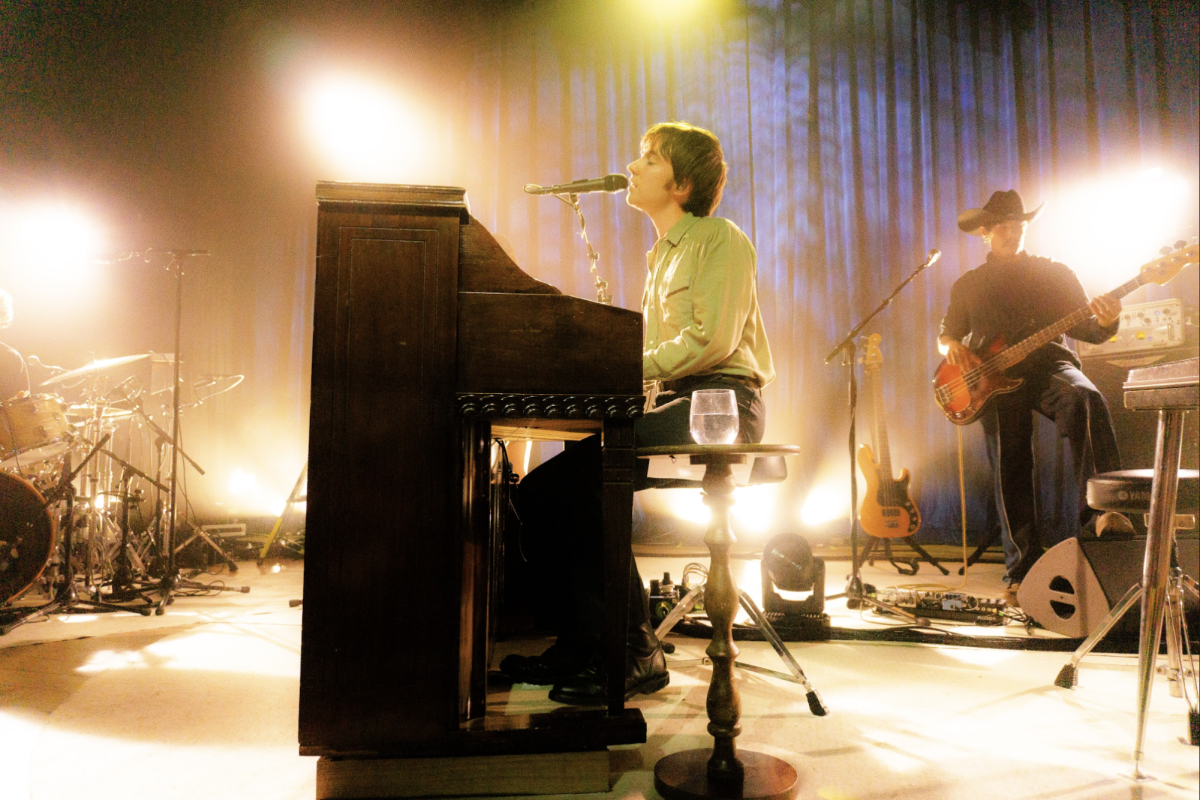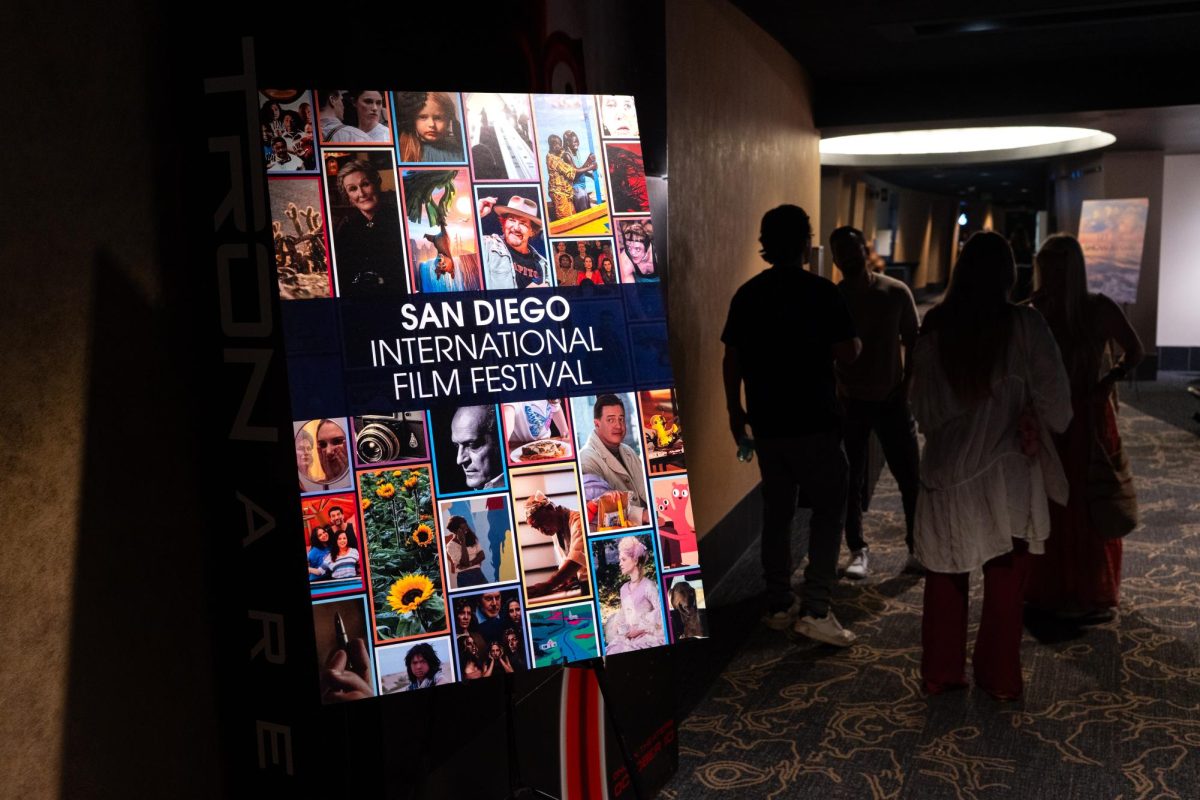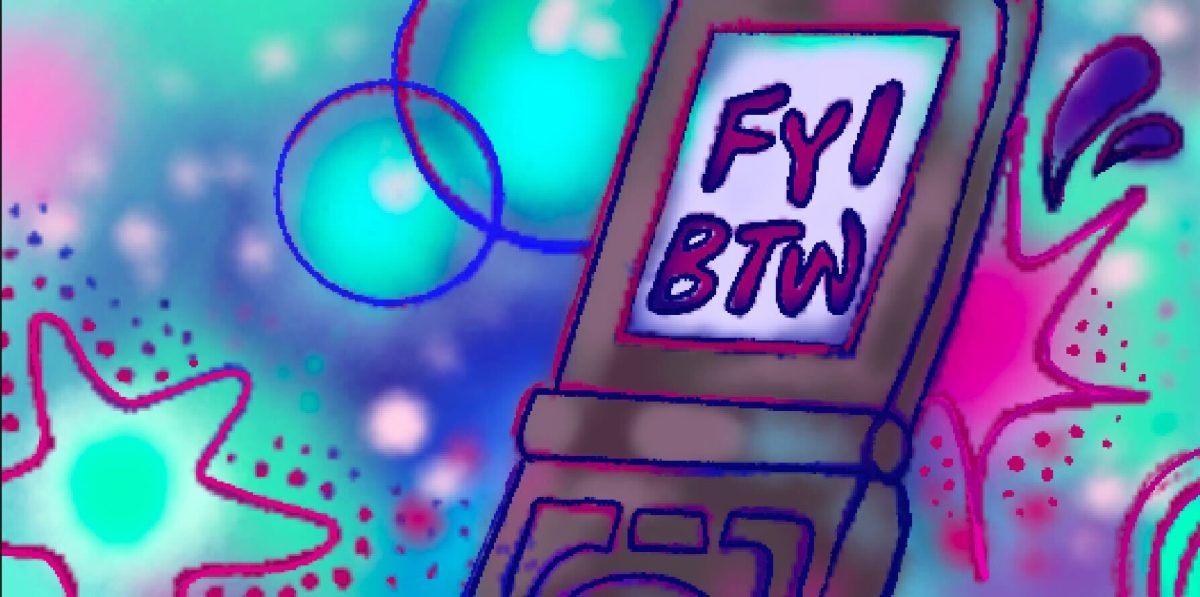After a long summer hiatus, S+E Media Club is back! In this issue of the column, senior staff writer Sarah and A&E Editor Elias give you their short story anthology recommendations!
It’s been a long time since the first issue of S+E Media Club, and we’ve watched a lot of films, seen a lot of TV, and listened to a lot of music in that time. We wanted to do something a little different for this issue though, so we’ll be covering a medium that’s very dear to our hearts: books. From short story anthologies to full novels, these are four of our favorite books from the summer.
“Filthy Animals” by Brandon Taylor

Relegated to the confines of high school English classrooms, short stories have all but disappeared from our consumption of mainstream literature. In his new collection, “Filthy Animals,” Brandon Taylor reaffirms the role of short stories in the literary canon. Each selection explores fraught relationships between characters and delves into the minutiae of love and longing. There is indeed much of Taylor’s empathetic prose littered throughout the stories; it is witnessed in the nuanced portraits of queer relationships, in the taut descriptions of post-breakup revelations, and in the raw portrayal of mental illness amidst a backdrop of garish university functions. In the carefully crafted opening story “Potluck,” Taylor considers graduate school drop-out Lionel with emotional detachment, yet does not fail to map out Lionel’s subtle grasps at affection. Lionel’s saga is expanded in the stories “Flesh,” “Proctoring,” “Apartment,” and “Meat,” where he finds himself caught in the middle of an emotional battlefield between two college-aged dancers.“Filthy Animals” is Brandon Taylor at his most comfortable — introspective, quietly devastating, and emotionally tender.
-S
“Afterparties” by Anthony Veasna So

“Afterparties” is the late Anthony Veasna So’s first published collection of short stories, released eight months after the 28-year-old’s death. In this short story anthology, the late author gives readers a tour of his hometown of Stockton, CA. A sort-of love letter to his hometown, So explores what it’s like growing up in a forgotten corner of the most famous U.S. state. We’re invited into the lives of the Cambodian-American community that calls Stockton home, some of whom are business owners, some are students or recent college graduates, and some are somewhere in between, all connected through their experiences as refugees and as children of refugees.
“Afterparties” is a deep examination of generational trauma, as readers see many second- and third-generation Cambodian American characters deal with the effects of the Khmer Rouge genocide that their parents survived. Bubbling up in moments of conflict between the younger and older generations, So paints a harrowing picture of how trauma transcends space and time, touching those who have passed away, those who are still alive, and those who are yet to be born. The trauma of his characters is only further exacerbated by the poverty that surrounds the community. But even among all the doom and gloom, the inhabitants of this book are able to find pockets of joy: they fall in love, get a little too drunk at the family party, and reconnect with estranged family members. “Afterparties” captures the joyful melancholia that seems to permeate the lives of us immigrants and our children, making it a must-read for anyone who’s ever felt simultaneously at home and a stranger in their family, culture, and life.
-E
“Beautiful World, Where Are You” by Sally Rooney

As the title of Sally Rooney’s newest novel “Beautiful World, Where Are You” suggests, the post-COVID world can often appear bereft of wonder. Both protagonists of the novel, Alice and Eileen, approach such existentialism with a mixture of frustration and tact. They shuttle between hookups, question the relevance of celebrity amidst a class war, and struggle to maintain a semblance of their formerly close-knit relationship. Alice and Eileen, in their sporadic yet meaningful email conversations, bear witness to the end of aesthetics and genuine connection. To them, the world and all that it signifies has become increasingly inviable: beauty is replaced with self-interest is replaced with the domination of capitalism.
Rooney writes with exacting style and an acute awareness of social relations — especially those between outsiders and individuals in power. Indeed, some parts of the novel read like excerpts from Rooney’s own personal essays instead of character explorations in a long-form novel. Alice, in particular, is Rooney’s self-insert. She focuses primarily on the intersection of authorship and celebrity: where, Alice ponders, do authors fit into the larger web of working class and industrialist antagonisms? If “Normal People” is Rooney’s exploration into class divisions in fictional relationships, then “Beautiful World, Where Are You” is an attempt at self-vindication from the perspective of a millionaire Marxist author. Rooney does not shy away from criticisms of her affluent lifestyle; she utilizes Alice’s character to dissect the political obligations of creatives who claim to be allies of the working class. Though it seems that all is futile in the ever-increasing cycle of capitalist destruction, Rooney imbues her novel with an underlying sense of hope. As long as we cling to love and friendship, Rooney asserts, the world will always be beautiful.
-S
“Norwegian Wood” by Haruki Murakami

“Norwegian Wood” follows university students Toru and Naoko as they navigate young adulthood in 1960s Tokyo. Stripped down to its bare bones, “Norwegian Wood” is a familiar tale: two people yearning to be together pulled apart by circumstances beyond their control. What makes “Norwegian Wood” so captivating to read is the internality of its protagonist Toru. He clumsily follows his desires, even when they pull him in opposite directions. Readers experience his anxiety and uncertainty at a painfully close level as he decides what it is he wants and who he wants it from. But it’s precisely this indecisiveness that makes “Norwegian Wood” such a relatable novel, even sixty years after the story’s setting, the feelings of novelty and fear that come with young adulthood are still a major marker of this stage of life.
I’d be remiss if I were to skip over certain problematic aspects of this novel. “Norwegian Wood” contains many moments embedded with the male gaze, specifically when it comes to the characters’ sexual escapades. This becomes painfully obvious during a scene involving a piano teacher and her student near the middle of the novel. Many of these scenes feel largely unnecessary, reading more like soft-core porn than like integral and necessary parts of the larger story. Nothing that is described in these scenes is essential to the plot outside of the fact that two characters had sex. There’s also a pattern of “broken” characters in the story being largely women, as Murakami condemns them to a tragically lonely and depression-riddled life. Men are written more competently, and though they still suffer through difficult moments, the ones who bear the bludgeon of Murakami’s pen are by and large the women of the story.
“Norwegian Wood” speaks to young love, the exploration of sexuality, and the pain of ill-fated meetings, but it’s not without its grave faults. I’m still largely unsure about how I feel about the novel. It’s managed to worm its way into my mind, striking many chords as I reflect on its relevance to my life experiences, though I cringe at the reminder of the unpleasant and uncomfortable moments throughout the book. I encourage you to check it out though, maybe it’ll leave you with something great, or maybe you’ll hate it. Whichever it is, you won’t know until you read it.
-E
Images courtesy of NPR, Fearsome Queer, NPR, The New York Times, and Penguin Books.








